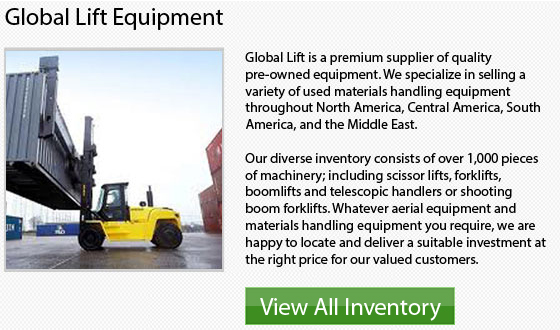
Hydraulic truck cranes are different compared to other crane types due to the way they specifically work. Hydraulic cranes use oil instead as opposed to using a winch in order to wind up cables to provide the lifting force. Because oil is a type of fluid that retains its volume, it is incompressible. Thus, this means it is one of the most ideal kinds of fluids for pushing pistons towards the direction the force is going to be exerted.
The pressure generated by the hydraulic pump moves the piston. This particular action is maneuvered by the operator utilizing the controls inside his cab. Typically, hydraulic truck cranes utilize a pump which has 2 gears.
Because the actual crane itself is mounted on a truck, it could travel many distances from job to job and there is little dismantling involved. The truck crane has one engine that controls both the crane and the truck.
Other Components
Boom Telescope: The boom telescope is due to a particular hydraulic operation which enables the boom to extend or retract.
Jib: The jib is a latticed structure which extends from the boom.
Boom Swing: The boom swing is a big ball or roller that is attached to the carrier. It is able to swing 360 degrees in both directions. Hydraulic mechanisms control the swing and provide swings at varying speeds in order to rotate the turntable gearbox.
Outrigger: The outrigger is a unit which helps the crane maintain its balance by using hydraulics to lift the truck.
Load Movement Indicator: In order to warn the operator that maximum weight is approaching, the load movement indicator's lights flash.
Pump: The pump is the device responsible for steering the outrigger.
Steel Cables: Steel reinforced cables run through the boom and the jib. They are able to generate up to 6350 kg or 14,000 lbs.
Boom Elevation: The boom of the crane ascends with the use of double hydraulic cylinders that could be raised and lowered.
Rotex Gear: The rotex gear is operated by hydraulics and situated beneath the cab. It enables the boom to swivel on this gear.